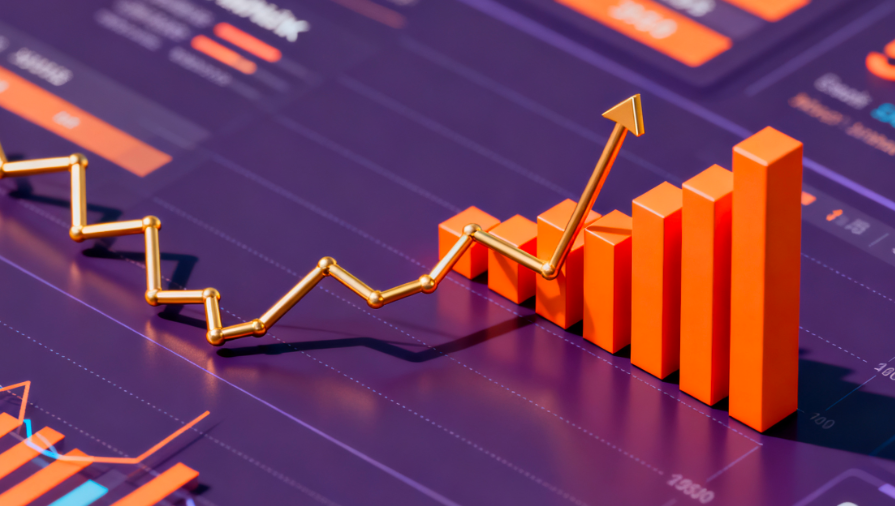
Is Trump About to Lavishly Distribute "Tariff Dividend"?
Just this past weekend, U.S. President Trump posted on social media mocking those who oppose tariffs and stated he "will pay every American a dividend of at least $2,000." U.S. Treasury Secretary Bessent suggested this could be achieved through tax cuts included in the landmark economic policy bill he signed earlier this year.
However, is this truly a case of "sharing the joy" after tariffs generate revenue, or a "necessary move" to quell public criticism? An analysis released on Monday shows that the cost of the potential "tariff dividend" checks could be twice the revenue brought in by the tariffs.
According to the bipartisan U.S. research organization, the Committee for a Responsible Federal Budget (CRFB), the scale and scope of the "dividend" distribution proposed by Trump could potentially spend more money than the tariffs might bring in.
The CRFB further pointed out that if the Trump administration follows the stimulus spending guidelines from the COVID-19 pandemic, its "rebate checks" could cost $600 billion. Data from the organization shows that by the end of this year, U.S. tariffs are projected to generate only $300 billion in federal revenue, with the revenue so far being just $100 billion.
The CRFB wrote in its report: "With our national debt rapidly approaching its historical peak and the annual budget deficit nearing $2 trillion per year, policymakers must focus on actually reducing the deficit and putting the debt on a downward path."
"Any additional tariff revenue should be used for deficit reduction—as several administration officials have stated—rather than being passed along to taxpayers in the form of cash dividends," the organization added.
Although the president did not specify the frequency and amount of the dividend (he only said "at least $2,000 per person"), the CRFB estimates that a dividend of $2,000 per person, per year, would increase the fiscal deficit by $6 trillion over ten years. This is approximately twice the projected deficit increase from President Trump's tariff hikes over the same period.
















